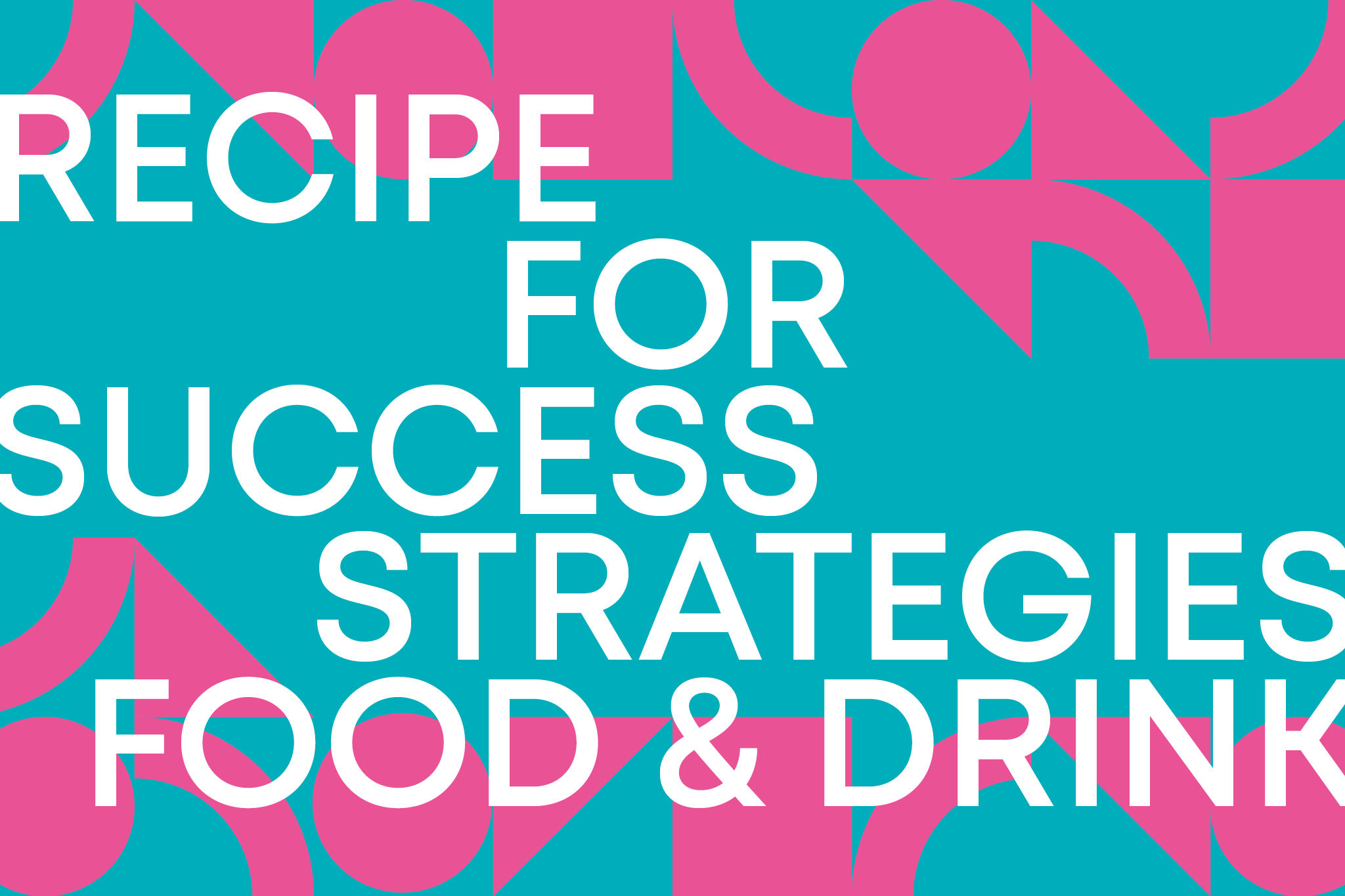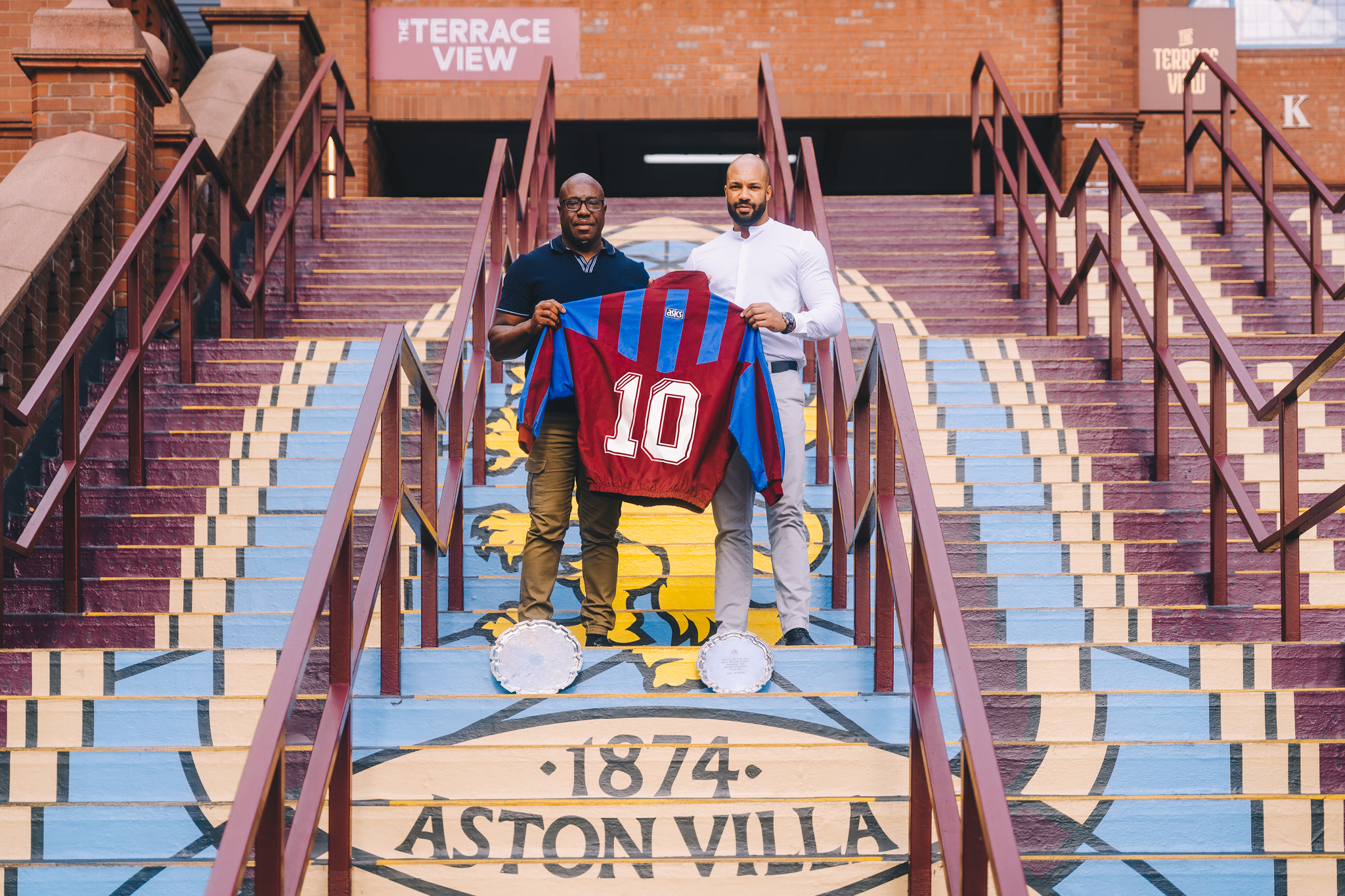The Four-Step Framework to Mastering Your Marketing Budget

As we’re about to embark on the 2025/2026 financial year, now is a great opportunity to review, refresh and revise your marketing strategy, in line with your commercial objectives, current budget, and core focuses.
Even though this is an exciting scenario, it inevitably comes with its own set of challenges and pressures. Where do you even begin to allocate your budget for maximum impact? What are going to be the most return-rich channels? How do you appropriately divide your resources to reach the right audiences?
Fear not! We’re here to outline a clear, four-step framework to break down your annual marketing budget. Whether it’s understanding the ideal allocation percentages for campaigns and ongoing operations, the crucial balance between brand messaging and retail marketing, and the essential activities that will keep your outputs soaring – we’ve got you covered.
Campaigns vs. Operations
Imagine your marketing budget as a pie. 70% of it is best allocated towards targeted marketing campaigns – these are the initiatives designed to achieve specific commercial goals, driving both short-term sales and long-term brand awareness to steer future demand. Part of this also includes costs associated with creative strategy, ideation and development, campaign execution and production, and media channel investment.
The remaining 30% is dedicated to essential operations. This encompasses tools and techniques that support your overall marketing efforts without necessarily being tied to a specific campaign, such as: website maintenance, ongoing research and data analysis, industry events, and internal comms.
The curveball? Many businesses also allocate up to 10% as ‘fun money’: a risk-averse slice that you can use for experimentation and innovation. It’s not essential, but this could fund the project that bears significant positive returns in the future – and be a great one to get stuck into– so worth factoring in!
Balancing Brand & Retail Messaging
So, how to utilise that initial 70% earmarked for targeted marketing campaigns? Well, research from established marketing experts (and our own experience) leads us to recommend a strategic split of this slice: 60% focused on brand messaging and 40% on retail messaging.
Brand messaging is all about building a strong emotional connection with your audience. This is where you cultivate trust, loyalty, and brand recognition through impactful content creation, strategic brand awareness campaigns, and engaging social media branding efforts. The split of the budget is a slow and steady burn, laying the groundwork for long-term growth and ensuring your company is constantly front-and-centre with the people that matter most.
Retail messaging, on the other hand, is your short-term sales weapon that will deliver quick wins. This is where you leverage promotions, discounts, and targeted advertising to drive immediate sales and capitalise on existing market demand, keeping your cash flow fluid and consistent.
This 60/40 divide between brand and retail messaging is the sweet spot for marketing effectiveness. By prioritising brand building, you create a loyal customer base that’s more receptive to your future offerings. But simultaneously focusing on retail ensures you’re not neglecting those immediate sales opportunities. It’s the ultimate win:win for sustainable growth and a model that heralds results across all sectors.
Defining Objectives & Measuring Success
Before diving headfirst into campaign creation, take a moment to define clear objectives and key performance indicators (KPIs) for both your brand and retail messaging efforts. Of course, these will be dependent on your overarching business goals, sector position, and unique product or service offering, but some examples include:
Brand Messaging
Objectives
- Increase brand awareness and visibility
- Build and enhance brand reputation
- Establish emotional connections with audience.
KPIs
- Brand recall
- Engagement rates
- Social media followers
- Brand sentiment.
Retail Messaging
Objectives
- Drive immediate sales and revenue
- Promote specific products or services
- Maximise conversion rates.
KPIs
- Sales volume
- Conversion rates
- Foot traffic (for physical stores)
- Average order value.
Taming the Operational Beast
Last but not least, let’s tackle the remaining 30% of your budget: the operational expenses that keep your marketing machine flowing smoothly.
The focus for this segment is on capturing all fixed costs, overheads, and training needs. Try to think outside the box – it can be difficult to foresee future spending if you’re navigating unchartered waters, but there will always be more than essential technology investments and ongoing administrative expenses.
For these unforeseen needs:
- Collaborate with key stakeholders to identify potential marketing activities
- Prioritise these based on their impact on your overall objectives
- Allocate a portion of the budget to each activity based on its projected return on investment (ROI).
Above all else, patience is a key factor in achieving an optimised marketing budget spend. Through constantly measuring your progress and tweaking along the way, you will find the perfect balance and transform your marketing budget from a source of frustration into a powerful tool for building long-term growth for your business.
Ready to turn that fiscal frustration into financial fruition? To kickstart the new financial year, we’re offering free marketing audits to help you assess your current approach, refine your resource distribution, and optimise your marketing spend – let’s grab a coffee and establish a robust strategy for the year ahead.
And for more marketing money management insights, check out our dedicated whitepaper to ensure your marketing budget is working as hard as you are!

